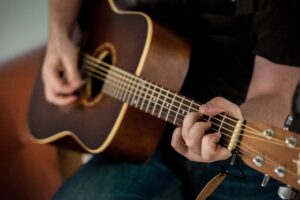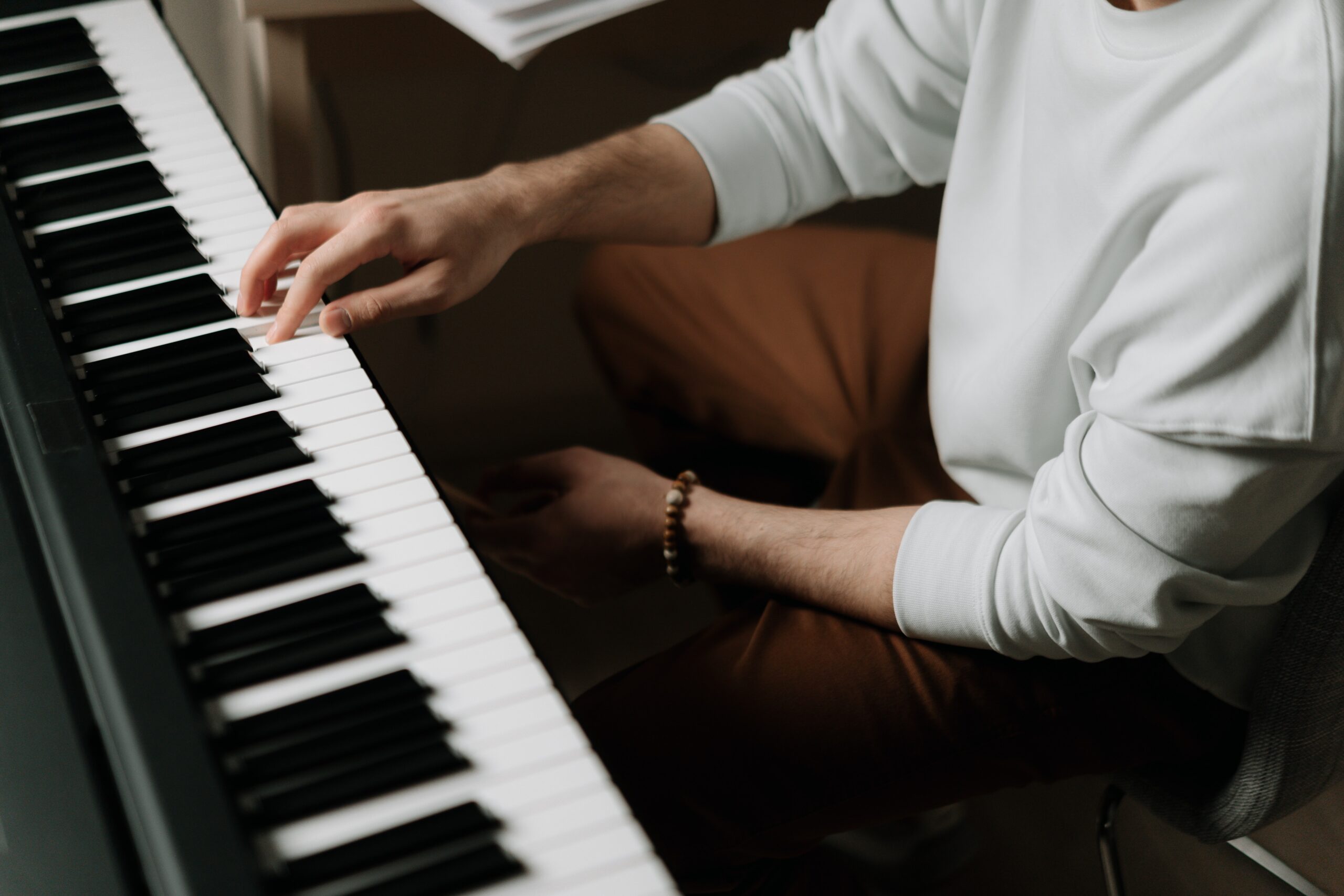Imagine working with a patient with a neurologic disease. You are struggling to make gains. The patient has an asymmetrical gait pattern leading to a nonfunctional gait speed. They struggle to stand up as well. Your boss is putting pressure on you to discharge due to a lack of gains, but you just can’t bring yourself to give up on them. We’ve all had patients like this. What if a collaboration with NMT could make all the difference? As a Physical Therapist I have had an opportunity to cotreat with an amazing NMT over the last few years. In my facility the collaboration between Therapies and NMT has brought improved outcomes for our patients, time and time again. Let’s discuss what a Neurologic Music Therapist is, and how they are implemented into your facility.
Neurologic Music Therapy (NMT)
NMT is a treatment approach for neurologic diagnoses with the goal of using auditory cues or music to drive changes in the central nervous system. Many of you already utilize some of these tactics without possibly fully appreciating what you are doing. This for instance is why your inflection and tone rise when you are cueing someone to stand up out of a chair. Maybe you provide “right, left, right, left” cues to your Parkinson’s patients while tapping your leg to the beat. Others utilize a metronome for similar purpose. These are basic concepts that lend to NMT principals. The beautiful part of NMT is training is that it takes this treatment approach to the next level, and patients benefit!
In my facility we are lucky enough to have a music therapist who is trained in NMT. This is optimal as it allows for collaboration during a PT/OT/SLP sessions. Our NMT also provides additional “hands off” training exercises geared towards our patients’ impairments. During our collaborations we really make gains! We have two practitioners providing parallel treatments, allowing both to focus on what it is they do best. Your CVA patient who typically struggles to transfer, all of a sudden has this invisible carrot stick in front of them motivating them to stand. Your Parkinsons patients now meet the discussed cadence goals of the rhythmed cues provided by the NMT. Let’s learn more.

What kind of training do NMT’s Receive?
NMT training is provided for a large distribution of practitioners. From MT to OT/ST/PT, as well as Neurologists and other MD’s have taken this course. This allows them to uniquely utilize NMT principals into their scope of practice. Currently there are roughly 2,500 and growing NMTs spread across the United States and the world. To be certified you can take an initial 3-day course followed by ongoing professional development programs. So, what is it exactly?
According to the Official NMT website: “Neurologic Music Therapy (NMT)® is a research-guided clinical system that is driven by advances in neuroscience and the understanding of the perception, cognition, and production of music and how music can influence and change non-musical brain and behavior function.” There are roughly 20 treatment techniques that are grouped into Speech, Language, Cognition and Sensorimotor treatments. Within the sensorimotor are three treatment approaches that NMT utilizes:
Sensorimotor Techniques
-
- “Rhythmic Auditory Stimulation (RAS)®- is a neurologic technique used to facilitate the rehabilitation of movements that are intrinsically biologically rhythmical, most importantly gait. RAS uses the physiological effects of auditory rhythm on the motor system to improve the control of movement in rehabilitation of functional, stable and adaptive gait patterns in patients with significant gait deficits due to neurological impairment. (Thaut 2005)”
- “Patterned Sensory Enhancement (PSE)®- is a technique which uses the rhythmic, melodic, harmonic and dynamic-acoustical elements of music to provide temporal, spatial, and force cues for movements which reflect functional exercises and activities of daily living. (Thaut et al. 1991).”
- “Therapeutic Instrumental Music Performance (TIMP)®- is the playing of musical instruments in order to exercise and stimulate functional movement patterns. Appropriate musical instruments are selected in a therapeutically meaningful way in order to emphasize range of motion, endurance, strength, functional hand movements, finger dexterity, and limb coordination (Elliot 1982, Clark and Chadwick, 1980). During TIMP, instruments are not typically played in the traditional manner, but are placed in different locations to facilitate practice of the desired functional movements (Thaut 2005).”
Practical treatment approaches:
For each treatment there are many different ways to implement them into your treatments. For Rhythmic Auditory Stimulation Treatments: Our NMT will provide an auditory cue while the PT provides assist in gait as well as other tactile cues or facilitation as needed. This could look like playing the guitar in a repetitive two-toned rhythm to facilitate a consistent step cadence. In another situation we have utilized a familiar comforting song for an advanced dementia patient with goal to maintain cadence and avoid unwanted behavior or distraction. Each has shown great success.
For Patterned Sensory Enhancements (PSE) we will often utilize this to help aid in sit to stand transfers. Another example is during standing lunges to help improve step length with appropriate timing and rests. We have also combined techniques for instance PSE with Therapeutic Instrumental Music Performance (TIMP). This has most recently appeared during a CVA treatment. Standing to his quad cane, we place a drum in front of him and behind laying on their sides on the floor. The goal for the patient is to kick the drum in front of him, then the one behind (TIMP). Kicking the drums are utilized as an auditory motivator to improve gait quality. Meanwhile the NMT is playing PSE cues to improve temporal and force cues on the piano. PT is providing safety assistance as well as manual cues for weight shifting and facilitation of pelvic rotation.
As you can see the options of utilizing an NMT or having NMT as part of your own training is endless. Often my NMT/PT cotreats start with a discussion about what goals I am looking to achieve for my neurologic patient. We discuss their current levels, and what nuance of that activity I’m trying to improve upon. At this point the NMT will offer treatment options, and we further discuss how best to obtain that safely and effectively into a PT treatment session. This is where the magic happens. I have seen time and time again where the person does that much better from the additional NMT cueing.
Wrap up:
If you are a Therapist I hope this article has given you a better understanding and appreciation for the collaborative powers of NMT and Therapies. Or maybe this will motivate you to achieve the NMT training? If you are a patient here is a way to find NMT trained practitioners in your area. Here are research articles supporting NMT techniques.
If you have any follow up questions, please reach out.
Follow us on Facebook to learn more about new articles.


